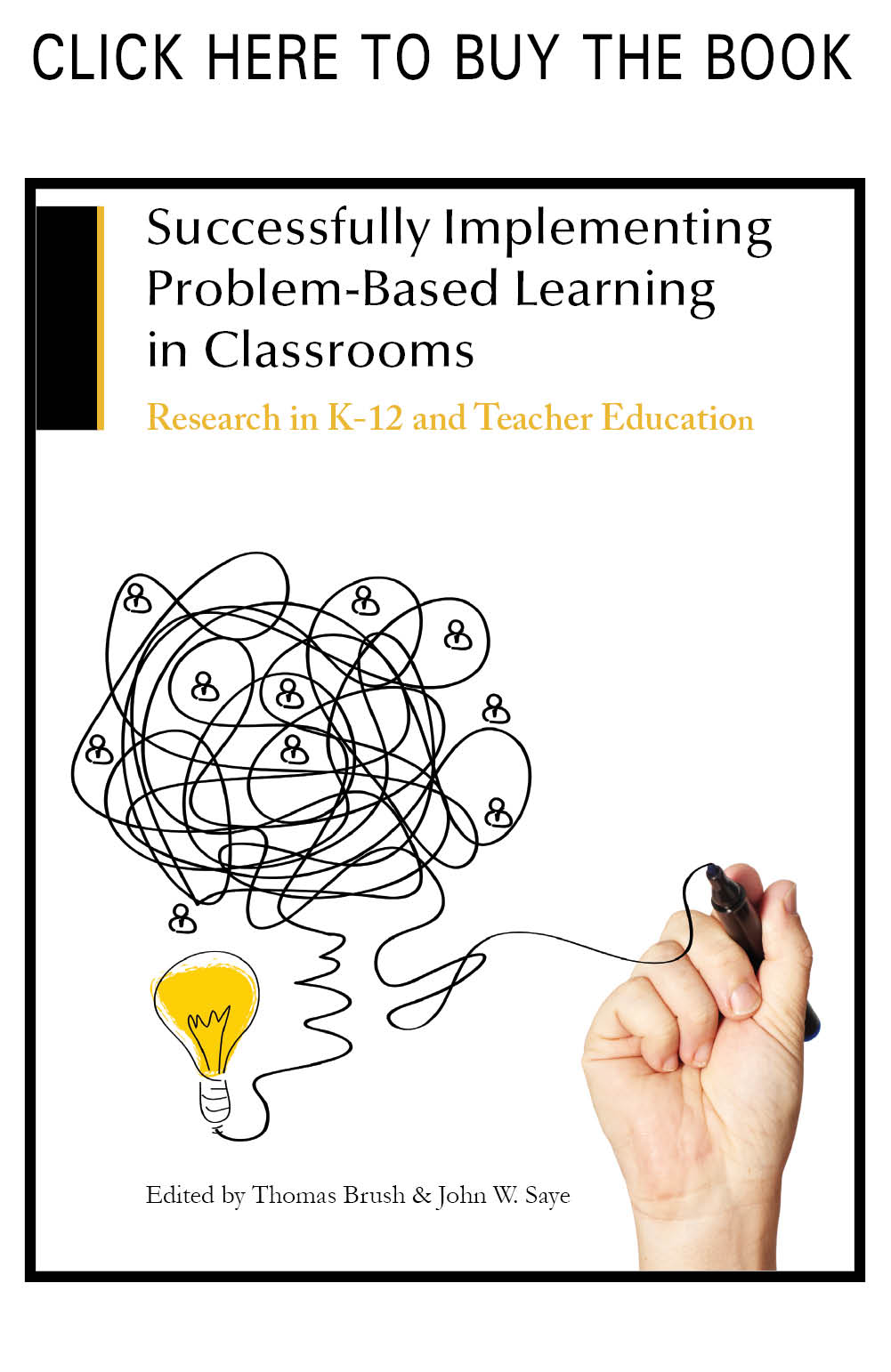Abstract
Well-designed problems are crucial for the success of problem-based learning (PBL). Previous discussions about designing problems for PBL have been rather general and inadequate in guiding educators and practitioners to design effective PBL problems. This paper introduces the 3C3R PBL problem design model as a conceptual framework for systematically designing optimal PBL problems. The 3C3R model comprises two classes of components: core components and processing components. Core components—including content, context, and connection—support content and conceptual learning, while processing components—consisting of researching, reasoning, and reflecting—concern students’ cognitive processes and problem-solving skills. This paper discusses the model in terms of its theoretical basis, component functions, and the techniques used in designing PBL problems.
Recommended Citation
Hung, W.
(2006). The 3C3R Model: A Conceptual Framework for Designing Problems in PBL. Interdisciplinary Journal of Problem-Based Learning, 1(1).
Available at: https://doi.org/10.7771/1541-5015.1006




